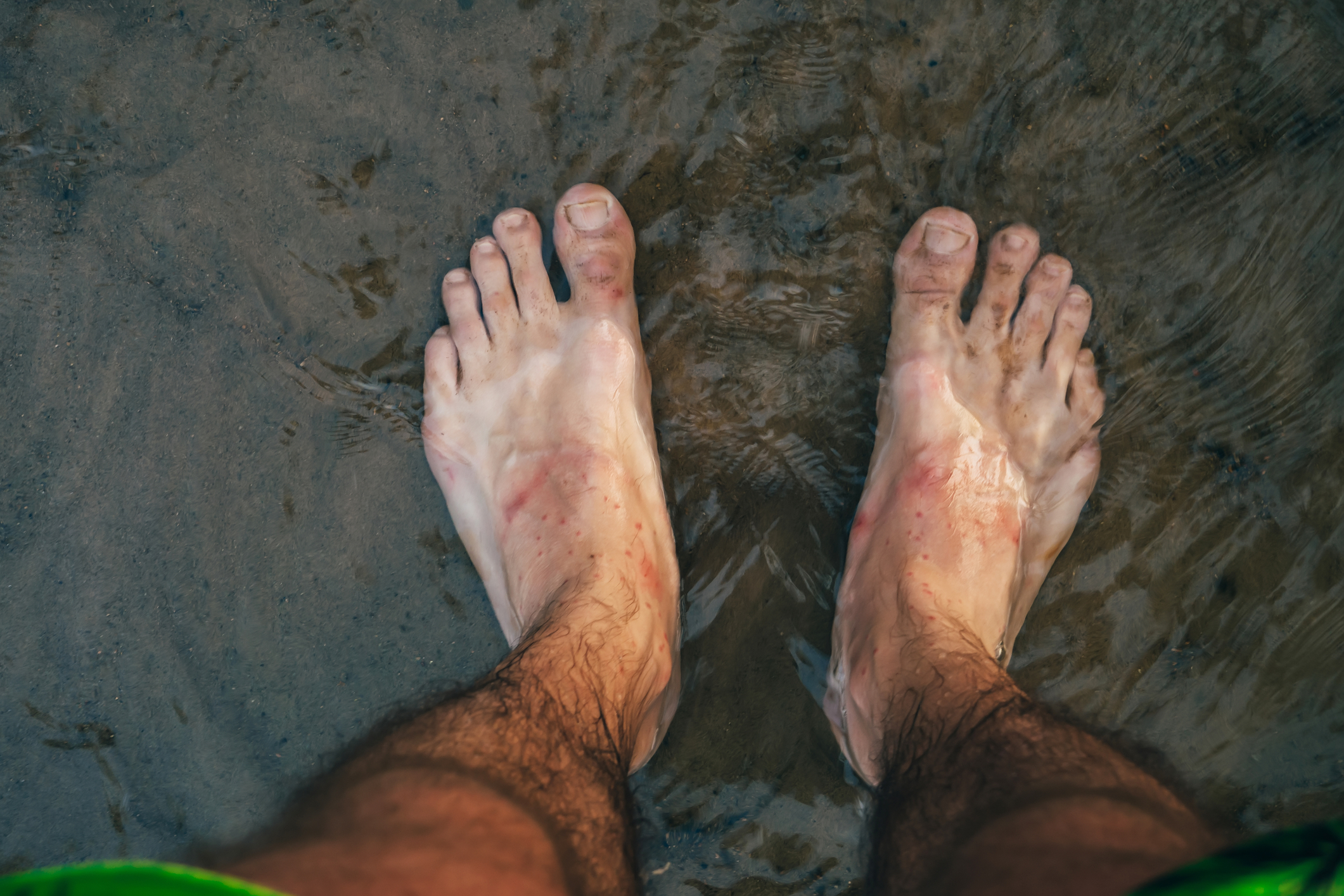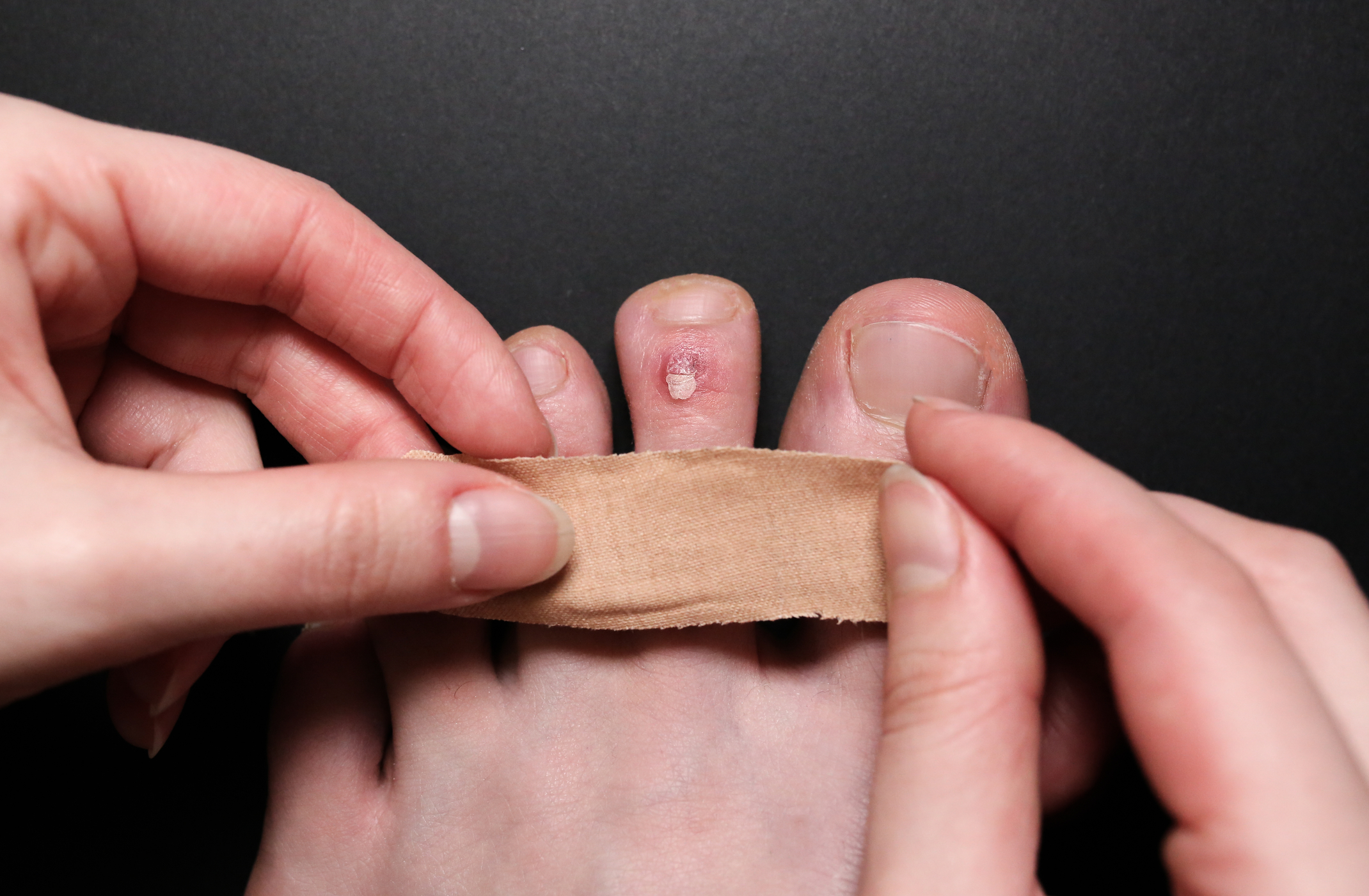Top Five Astonishing Facts about Blood Blisters You Absolutely Need to Know
Blood blisters are common occurrences that, despite their unsettling appearance, aren't usually cause for concern. A blood blister, unlike your typical blister, is filled with blood rather than a clear fluid. They generally develop after a skin trauma, when blood vessels and the epidermis layer of the skin are damaged, but not ruptured. Blood then accumulates beneath the skin's surface, resulting in the distinctive"bubble" appearance. But, beyond these basics, what are some astonishing facts about these odd skin occurrences?
Vulnerable Locations for Blood Blisters

One isn't completely random in where they can expect a blood blister to form. They tend to arise on skin that experiences regular friction or pressure, most commonly on the hands and feet. For example, if you've ever worn a tight pair of shoes for too long, you might have seen one or two on your feet. Surprisingly, the mouth is also a susceptible location, due to frequent exposure to hot food and accidental biting. Therefore, being mindful of these vulnerable locations can help prevent blood blisters.
Not All Blood Blisters are Created Equal

Contrary to popular belief, blood blisters are not a one-size-fits-all phenomenon. Size, color, and pain level can significantly vary from person to person, and even blister to blister. While most blisters are small, they can enlarge if the underlying injury or irritation continues. Their hue can range from dark red to black, reflecting the age and oxidation of the blood inside. Additionally, not all blood blisters are painful. Factors such as location, size, and cause play crucial roles in determining the discomfort level.
Blood Blisters Timeline: Here Today, Gone Tomorrow

While the majority of blood blisters will naturally heal themselves and disappear within a week or two, those already a part of your skincare woes should not be punctured at home. The body forms blisters as a protective mechanism. By popping it prematurely, you risk exposure to bacteria or other infections. If a blood blister is particularly painful or distracting, it's advisable to seek medical assistance for safe drainage.
Underlying Medical Conditions and Blood Blisters

While the majority of blood blisters occur due to friction or trauma, they can also serve as an indicator for certain medical conditions. Diseases such as bullous pemphigoid, a rare skin disease that is commonly seen in older individuals, or thrombocytopenia, a deficiency of platelets in the blood causing bleeding into the tissues, may result in their appearance. If blood blisters frequently show up without clear causes or stay longer than two weeks, a medical evaluation is highly encouraged.
Preventing Blood Blisters

Prevention strategies for blood blisters primarily focus on avoiding situations that cause pressure, friction, or trauma to your skin. Such measures involve using appropriate footwear, wearing gloves during manual labor, and maintaining good oral hygiene to prevent irritations inside the mouth. Moreover, individuals suffering from peripheral vascular disease or diabetes are advised to conduct frequent self-examinations to detect any unusual blisters, due to heightened vulnerability.